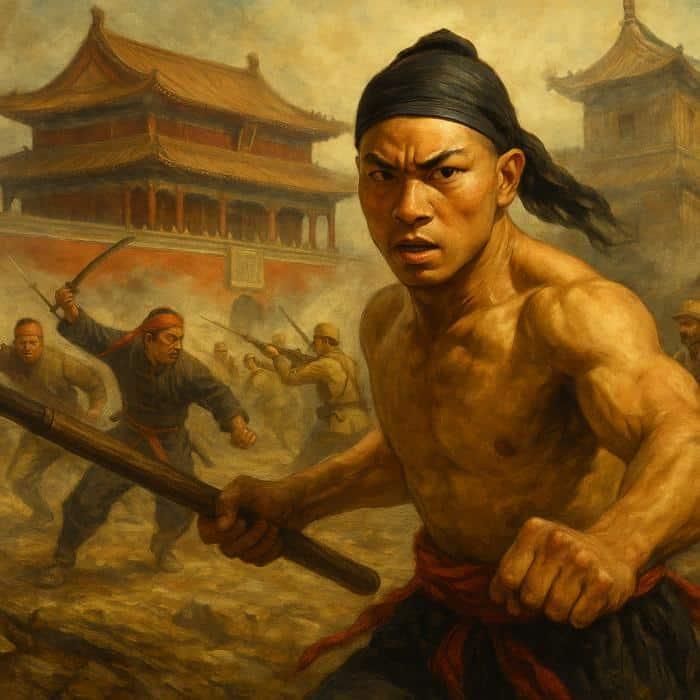5. Brutal Massacres of Missionaries and Converts

As Boxer violence spread, Christian missionaries and Chinese converts became prime targets of their wrath. Mission stations across northern China were burned, churches desecrated, and entire communities hunted down mercilessly. Thousands perished in horrific massacres; missionaries and families faced torture and execution, while converts endured brutal punishments for their perceived betrayal of traditional values. The ruthless persecution sent shockwaves internationally, profoundly altering Western perceptions of China, and leaving lasting scars among survivors, whose stories of suffering highlighted the rebellion’s darkest chapters.













